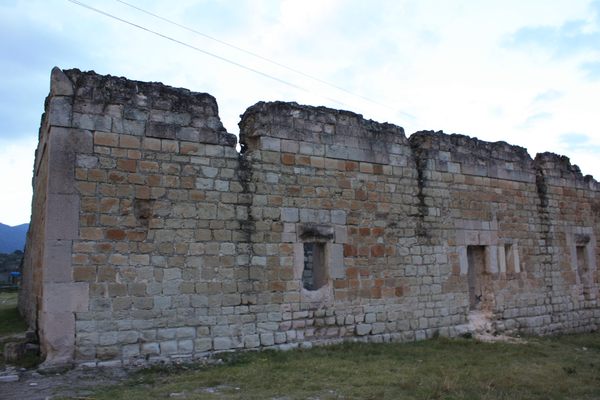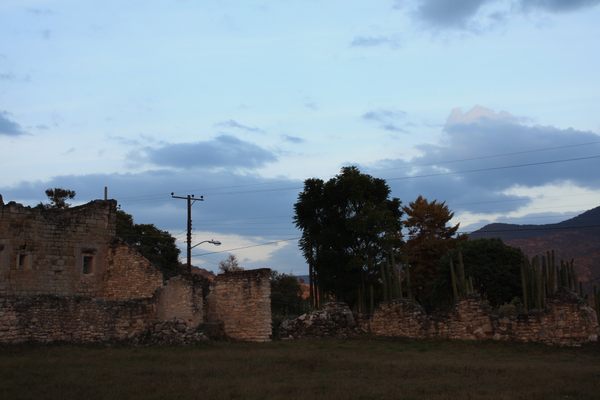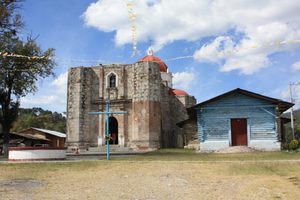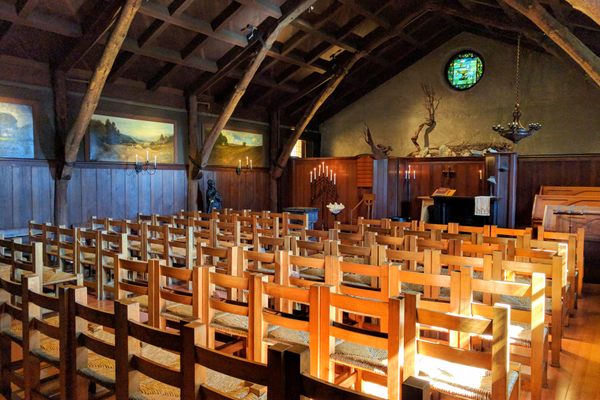About
Northwest of the state capital Oaxaca de Juárez lies the area of the state known as La Mixteca. The ancestral homeland of the Mixtec people, it is now also known for the "Dominican Route." After Spanish conquest, this region was given to the Dominican order for the evangelization of the locals, and the efforts are best represented by three monumental former convents. The towns of Coixtlahuaca, Yanhuitlán, and Teposcolula are the locations of these, although in between them one can find smaller remains, such as the Temple of Saint John the Baptist.
Modern-day San Juan Teposcolula was once part of the larger municipality of Teposcolula, though it is now separate and named after the patron saint of the former Dominican convent. The convent is estimated to have been completed in 1599 and features a number of unique architectural features. Most Dominican churches around the world feature the famous "Latin cross" or rectangles as their floorplan.
The Temple of Saint John the Baptist's floorplan is a near-square trapezoid instead. Additionally, most of its peers feature a west-east configuration, while this Temple is oriented north-south. While the Dominican Route convents feature elaborate facades in the Churrigueresque style, San Juan Teposcolula's is much simpler and more sober. Without a belfry, the bells were incorporated to the building's apse instead.
Similarities with these other convents include an open chapel (although San Juan's is now gone), intended for evangelizing to indigenous people, who would have been unused to worshipping in closed buildings. Its restoration process started in 2009, when locals submitted a plan to the Alfredo Harp Helú Oaxaca Foundation and Juan de Córdova Investigation Library. These foundations, along with the government, started the restoration works that were completed in 2018.
Related Tags
Know Before You Go
The town celebrates Saint John's Day every 24 June, with the Temple serving as a focal point of the festivities.
Yucatan: Astronomy, Pyramids & Mayan Legends
Mayan legends, ancient craters, lost cities, and stunning constellations.
Book NowCommunity Contributors
Added By
Published
June 5, 2020


































